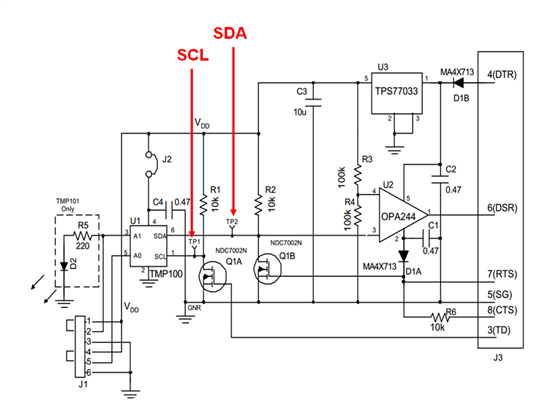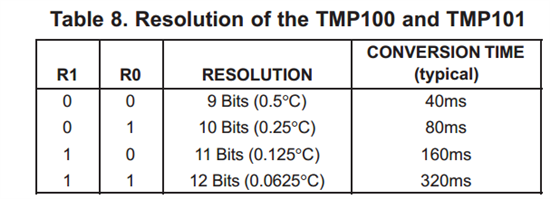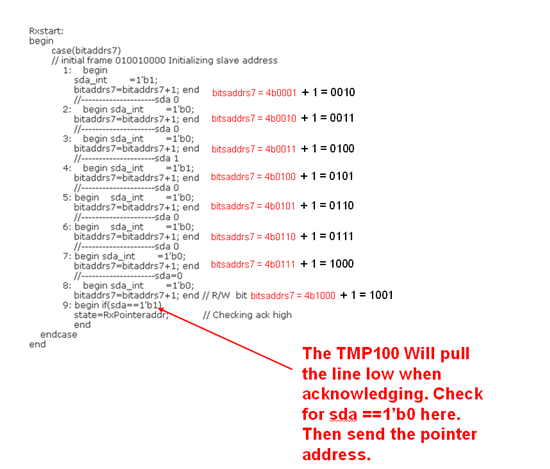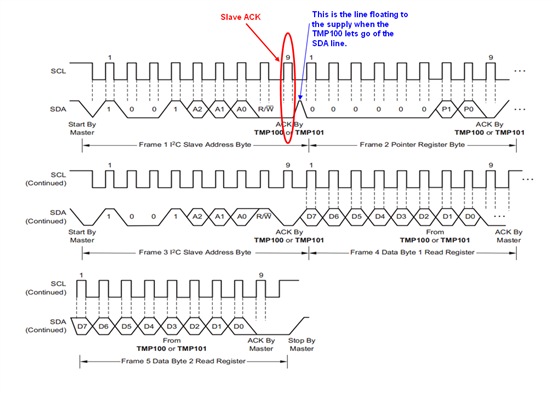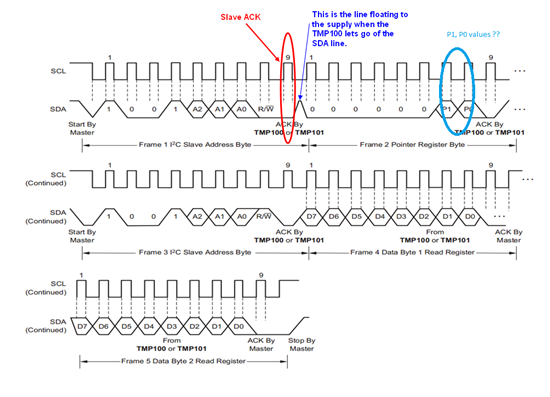Dear All,
I have a TMP 100 'Evaluation board' and its corresponding PC suite. But I need to connect it to SPARTAN 3E board, so how can I do that ??
while implementing I2C which device is master? and TMP 100 Evaluation board outputs data via RS232 so which are the pin numbers ?
And one more thing is .... the data sheet says if we use more data bits like 10,11,12 we will get more accuracy... so in I2C can we simply put this data bits??


